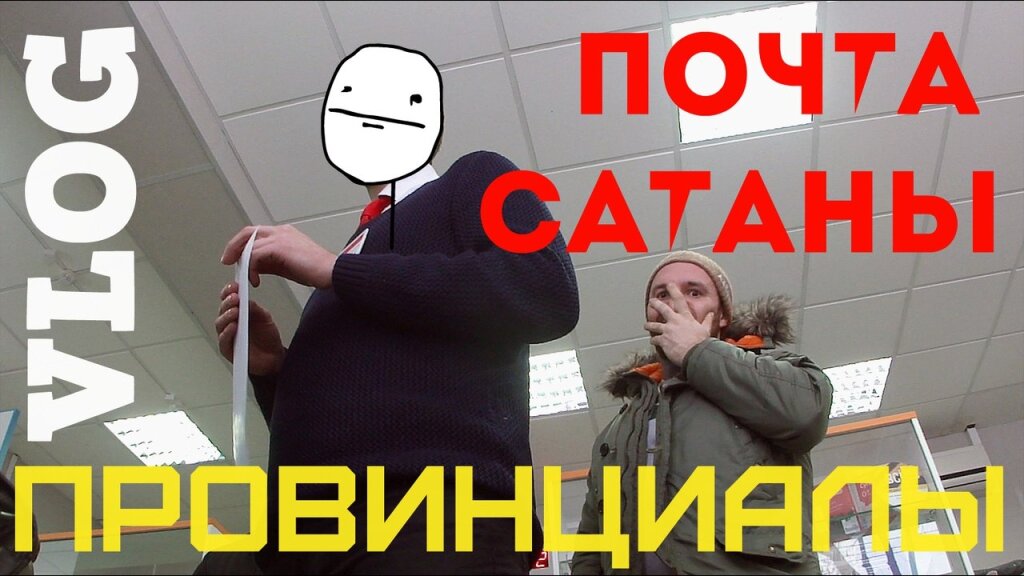This is the tenth installment of “Rereading Akunin” focusing on The Winter Queen. For the introduction to the series, and subsequent installments, go here.
Like Fandorin, sometimes I miss the truth that’s staring me in the face. In Fandorin’s case, it's the fact that [SPOILER, I SUPPOSE] his boss, fellow orphan, and role model, Ivan Brilling, is part of the Azazel conspiracy. Actually, Fandorin does realize the truth when it is quite literally in his face, in the form of the gun that Brilling pulls on him at the end of the chapter. [END SPOILER]
As for me, looking over my notes after reading Chapter 13 of The Winter Queen for the second time, I’ve come to a realization that, for all I know, could be part of the standard Akunin scholarship that I haven’t gotten around to reading. And that is: Boris Akunin’s The Winter Queen is a looking-glass, Occidentalist remake of Bram Stoker’s Dracula.
True, there is precious little bloodsucking in Akunin’s oeuvre, which I’ve long considered a serious flaw. But setting that aside, the parallels are striking. This occurred to me when I started cataloguing the various communications technologies featured throughout the book in general and in Chapter 13 in particular: regular mail, the telegraph, and cryptographic codes are now joined by a “genuine miracle of modern science….It is called Bell’s apparatus.” Yes, Brilling has a telephone, and he’s not afraid to use it.
Fandorin is duly impressed: “Why, it’s like something from The Thousand and One Nights! A genuine miracle! And there are still people who condemn progress!”
And, indeed, “progress” is a signal virtue of the Fandorin novels, as Akunin’s tag line indicates (“when faith in progress was unlimited"). But the kind of progress featured here is what made me think of Dracula. One of the many things that distinguishes Stoker’s novel from nearly all of its film adaptations is the author’s fascinating use of innovation in communications technology. Mina is learning shorthand and using a typewriter; the asylum doctor dictates his notes into a record player apparatus, while Jonathan Harker sticks with journal entries and regular mail. In addition, the newspaper accounts are scattered through the text. This novel about transnational boarder crossings (by boat, by horse-drawn carriage) and the bodily penetration of British citizens’ precious arteries (by fangs and the occasional hypodermic needle) constantly replicates its preoccupation with systems and flows, down to the level of the multiple new and old technologies used to provide the books’ narration and facilitate its survival and transmission. Dracula is a novel of networks.
So, too, is The Winter Queen, if on a less flamboyant scale. And the significance of these networks is quite different, given the century-long gap between Dracula and Fandorin’s first adventure. Dracula luxuriates in both the shock of the new (technology) and the revival of the old (castles, vampires), while every introduction of a “new” technology in The Winter Queen has the charm of immediately being quaint. Fandorin is impressed by “Bell’s apparatus,” but if, like me, you’re reading the book on your iPhone, you can’t help but be amused rather than dazzled.
Stephen Arata, in his now-classic “The Occidental Tourist: ‘Dracula’ and the Anxiety of Reverse Colonization” (1990), links Stoker’s novel with then-contemporary worries about Britain’s imperial decline and the influx of “undesirables” from far-off nations. Jonathan Harker and Dracula are on parallel paths, with Harker the Orientalist traveling East, and Dracula the Occidentalist traveling West. What does this have to do with Fandorin?
Quite a bit, actually. Fandorin, like Dracula (a phrase I can’t help but enjoy typing), is an Easterner who wants to keep up with the latest Western developments. Like Dracula, he travels to England. But here the parallels stop, and the contrasts begin. Harker must defend his home and his love from a threat that he has inadvertently brought across the ocean, while Fandorin’s trip to England helps him uncover a (partially British) threat that has been operating in Russia for quite some time.
Harker wants to deny the supernatural in favor of the scientific, until all evidence forces him to reconsider; The Winter Queen flirts with the supernatural again and again, with a gullible Fandorin ready to believe. Both books could, if you squint, be assimilated to the category of “Gothic,” but The Winter Queen is Gothic only to the extent that Northanger Abbey Is: it invokes Gothic clichés, only to debunk them with a Scooby Doo level of consistency. Where Dracula has Lucy preying on children as the “Bloofer Lady,” Fandorin’s ghostly visitor (Bezhetskaya) proves to be a fraud.
The Bloofer Lady reminds us where Dracula and The Winter Queen converge once again: on the moral and existential threat to the homeland. Dracula threatens the purity of English womanhood, while the Bloofer Lady wants to eat the British young. And in The Winter Queen? [BIG SPOILER ALERT]. Azazel in Russia is masterminded by a British enemy, the Lady Astair. And what, exactly, is Lady Astair doing? She is weaponizing Russia’s unwanted children, the orphans she educates in her Astair Houses. As I mentioned earlier, this is a highly relevant motif for the late 1990s, with all the anxieties over transnational adoption, but it is also thoroughly Gothic, not to mention consistent with the concerns of Dracula; in this case, it is the rapacious, modernizing West that has targeted the children of the motherland. [END SPOILER]
None of this is consistent with Akunin’s own public expressions of his political beliefs. Boris Chkhartishvili is one of the most prominent liberal voices in contemporary Russian culture. But at the time he wrote The Winter Queen, 1990s Russia was the culture that surrounded him. Intentionally or not, he created a Westernizing, liberal hero in a novel that nonetheless recapitulates some decidedly illiberal anxieties of his time.



